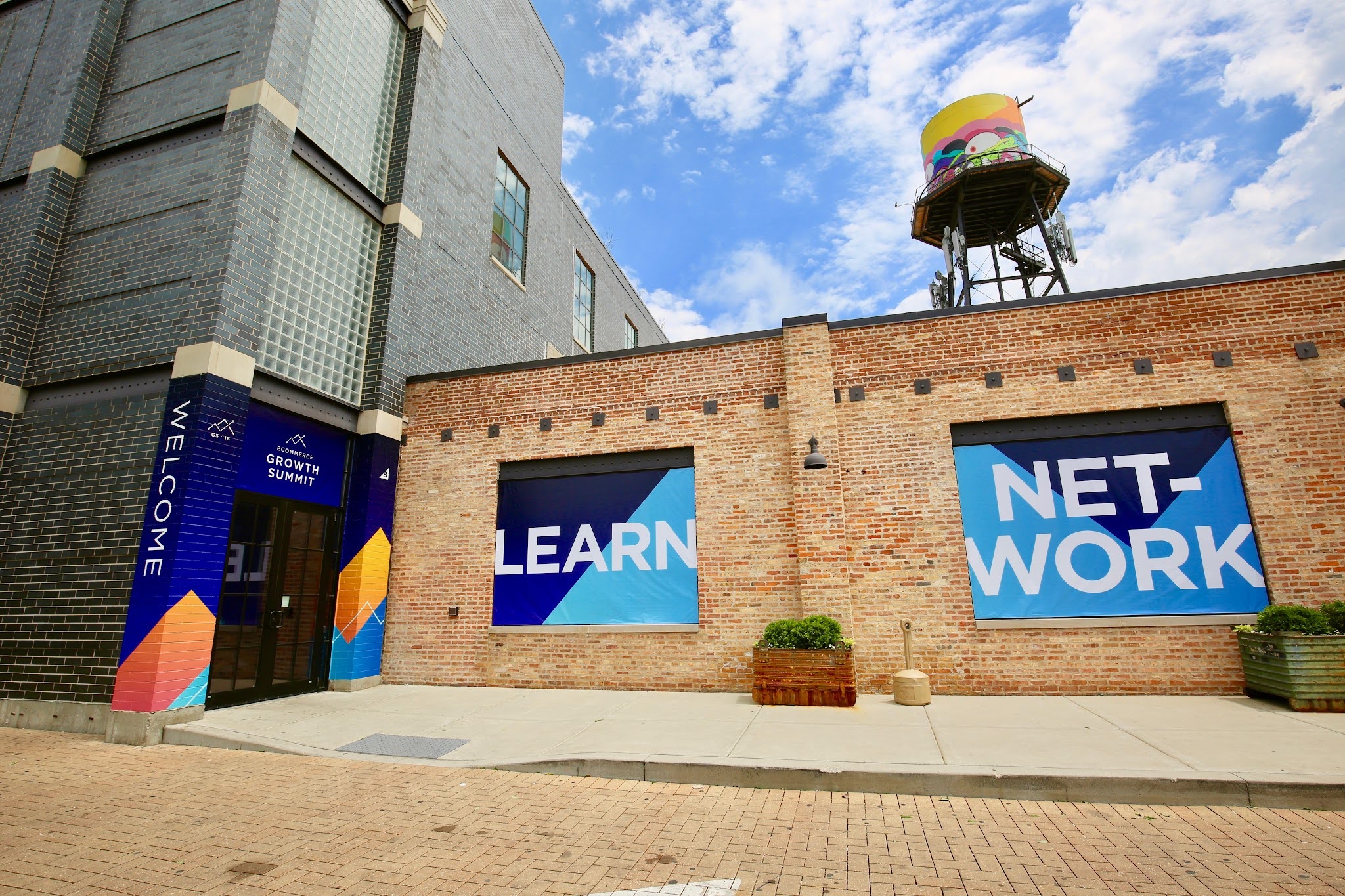Are you finding planning events post-pandemic to be an incredibly different ballgame? More difficult? More reactionary? Less clear on what you’re planning, and more so…why!? This has been an ongoing conversation in our offices for the past 12 months or so, and we’ve been trying to dig into why this seems to be the case.
We’ve heard from clients that they’ve been diligently working to bring familiar programming back with the intention of getting their employees and supporters engaged again. Yet, when all is said and done, they’re seeing less-than-optimal results. The event might have less attendees than in the past – or possibly more attended, but the survey results weren’t as positive as they used to be or worse, the event vibe is less than ideal. They’re wondering if all of the effort on their end is worth the ROI (and we’re wondering if they should be shifting their perspective from their RO‘I’nvestment to their participant’s RO‘E‘ngagement).
What We’re Seeing Today
From our general perspective, lead times continue to feel short, and the ‘why’ behind the events continues to feel reactionary. There’s an increasing need for companies to engage their teams and bring them back together after this shift in remote and / or hybrid work models. Organizations continue to struggle and redefine what it means to be a part of their community and culture.
For a while, the idea of ‘bringing back the (fill in the blank) event’ would create a form of nostalgia and people would come rushing back for a moment of familiarity and comfort; much like making that blue box of Mac ‘n Cheese. Sadly, for many, jumping head-first into that philosophy simply resulted in a bit of a belly ache…(literally and figuratively).
![]() Stakeholder categories for events have essentially remained the same (i.e.: your host organization, the audience, sponsors, supporters, customers, the purse-string decision makers, the event partners that help bring it all together, etc…), but we’re finding the WHY behind their engagement has dramatically changed over the course of the pandemic.
Stakeholder categories for events have essentially remained the same (i.e.: your host organization, the audience, sponsors, supporters, customers, the purse-string decision makers, the event partners that help bring it all together, etc…), but we’re finding the WHY behind their engagement has dramatically changed over the course of the pandemic.
If you’re planning the same event today as you were in 2019 and hoping for the same or better results, it’s probable that you’re in a losing battle. That trusty stakeholder group (all the various people involved in the event) now have very different reasons for, and valuations in their continued involvement. Simply put, their reasons for engaging (or not engaging), or intentions, have changed.
Event Host Perspective
Let’s zoom out for a minute and take a look at the “Host Stakeholder” category. Pre-pandemic, things were on a very smooth philosophical course of ‘if you build it, they will come.’ If you were holding a sales meeting, a town hall, an annual partner event, or fundraising gala, it was simply a part of people’s schedules to participate, knowing what they would get, and that was all that needed to happen. You’d simply mark it on your calendar and show up. These events were a platform for the Host Stakeholder to deliver their message, distribute information, or showcase their value to the community.
![]()
Event participants engaging in roundtable discussions.
Post-pandemic, organizations are finding they need to work much harder at articulating the perceived value of participation. ‘Building it’ simply isn’t enough anymore; they need to sell why it’s important to show up and experience this event live, and in-person. Additionally, as consumers, we’ve learned that there are faster, more cost effective ways to consume information. Currently, showing up in-person is more about being an active participating member of a community than it is about sitting in a chair receiving information. The focus has shifted from the stage… to the audience.
Event Participant Perspective
Turning the lens from the Host to the “Participant Stakeholder” vertical for a moment, well, that’s a whole new ballgame. Participating in events (no matter how big or small) creates disruption in our lives. Whether it’s time spent away from home or work, the money spent on appropriate attire or getting to/from the event, the time and energy spent arranging baby/pet sitters or getting colleagues up to speed in order to be successful in your absence; all of these things play into deciding whether or not to participate. Previously, it was basically auto-pilot, and almost expected that one would participate; now, every person weighs the pro’s and con’s of engaging at this level. In fact, a recent study done by Freeman found that on average, people are attending almost ¼ less events today than they did pre-pandemic. While a part of that reasoning could be financial due to a potential recession or job changes, most peers I’ve spoken with say it’s simply because they want to be less busy, or disrupted, in their lives.
![]()
Senior Leaders working together to build bikes for The Special Olympics as a CSR activity, ‘Putting Intention into Action’
When people are considering attending an event, they’re really considering if their return on engagement will be worth all of the effort. From attending this event, will they come away with anything new, develop a stronger bond with this particular community, meet potential colleagues to further their career, etc.? Were they able to engage in meaningful and authentic conversations and make real connections with like-minded people? Did they come away changed, more informed, or experience something unique and meaningful ? Were they given permission to participate, or were they just another head in the crowd? These are important questions to ask – and not just for this one stakeholder group, but for all stakeholder groups involved in your event.
Stakeholder mapping has always been an important part of event design, so why do things feel so different today than they did a few years ago?
We’re finding that due to the disruption experienced everywhere these past few years, the people within each stakeholder group have changed. The Great Resignation/Realignment has had a significant impact on this, as well as the significant amount of reorganization that has happened within all organizations over the past few years. With so many new people sitting at the table, there may be a stack of historical data to decipher but a lack of institutional knowledge putting narrative to that data. People are working twice as hard to simply ‘meet the bar’ – let alone meet the (implied/inferred/insisted) request of ‘exceeding expectations.’
![]()
The Event Canvas graphic from The Event Design Collective.
Herein lies the ‘reactionary’ behavior, the quick and under-developed decision making, the feeling of constantly engaging in an uphill battle, the exhaustion to execute on something that used to be much easier to do. This reactionary approach has teams skipping the ‘why’ phase of planning and jumping right to the ‘what’ phase of logistics in order to just ‘get it done.’ Therefore, an attendee also feels like their participation was just to check a box.
As we continue to review the ‘why’ behind the events we produce, we’re leaning heavily on working through stakeholder mapping with our clients. We have found time and again, the ‘why’ for the event from the organization’s standpoint may not have changed, but the ‘why’ of their participants, and all other stakeholder groups has.
Taking the time to break down the ‘why’ for all of your stakeholder groups will guarantee a much more impactful experience for everyone, and therefore result in better ROI/E for the overall event.
We would be remiss not to give a shout-out to The Event Design Collective and their Event Canvas process which has helped us, and many of our clients, in creating inspired and impactful events that meet the needs of all stakeholders.





